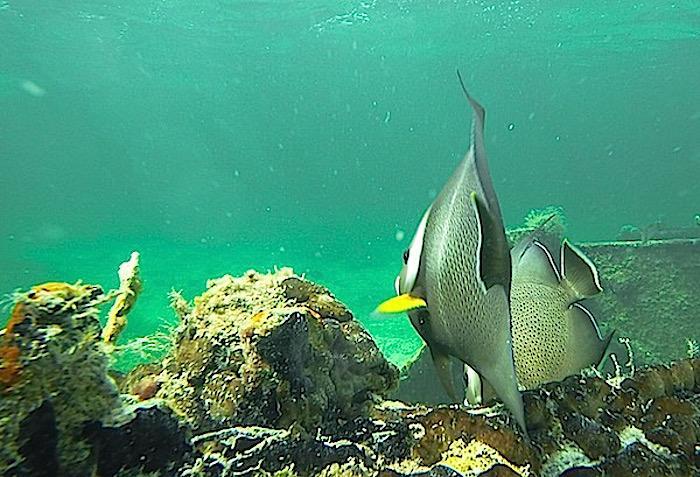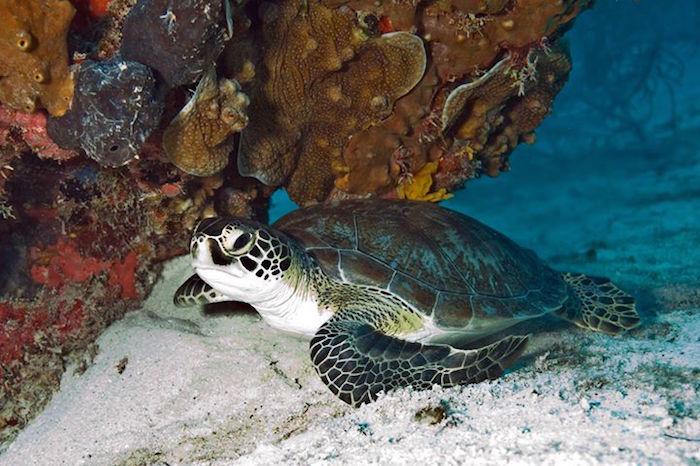
Marine fisheries and coral reefs at Biscayne National Park are expected to benefit from the park's new general management plan/Jameson Clifton
National Park Service officials have formally approved a general management plan for Biscayne National Park in Florida, one that sets aside a Marine Reserve Zone in a move to recover fisheries and improve the health of the only tropical coral reef system in the continental United States.
Stan Austin, director of the Park Service's Southeast Region, signed off on the plan on August 31.
“The need for this General Management Plan is clear,” said Mr. Austin in a release. “It is based on our mission to preserve and protect resources and provide for the enjoyment of visitors. Biscayne National Park is truly a national treasure, and it is important that we work to preserve its extraordinary coral reefs for current and future generations to enjoy.”
What remains to be seen is how members of Florida's congressional delegation react. Earlier this summer three members of the delegation voiced their displeasure with the Marine Reserve Zone, which would ban fishing although continuing to permit snorkeling, scuba diving, and glass-bottom boat tours. One of the representatives went so far as to draft legislation to require state approval before the National Park Service moves to restrict commercial or recreational fishing access in areas of the Great Lakes or U.S. marine waters that it oversees.
“The signing of the (Record of Decision) is the culmination of 15 years of effort,” said Biscayne Superintendent Brian Carlstrom. “This effort involved extensive public meetings and workshops, eight different plan alternatives, 43,000 unique public comments, and collaboration with local, state, and federal agencies.”

Park Service officials expect the Marine Reserve Zone will help marine life recover from over-use of the area/Green sea turtle along coral reef in Biscayne, NPS
Biscayne officials say the Marine Reserve Zone is the best approach they can make to restore the coral reef ecosystem that runs through the park. The zone covers approximately 6 percent of park waters and includes less than 30 percent of its coral reefs. Timing for implementation of the zone will be based on available funding and staffing, and the development of regulations that will address access within the zone.
“The National Park Service demonstrates strong leadership and a clear commitment to the conservation of Biscayne’s incredible marine habitat and wildlife, while balancing recreational use and preserving the overall national park visitor experience. This decision includes overwhelming public support—with more than 90 percent of the comments collected in favor of creating a marine reserve," said Caroline McLaughlin, Biscayne program manager for the National Parks Conservation Association. "“NPCA looks forward to working with the National Park Service and interested stakeholders to ensure timely implementation of the marine reserve, allowing the park’s dying corals to start recovering -- bringing more fish back to Biscayne’s beloved waters.”
At the South Florida Wildlands Association, Executive Director Matt Schwartz applauded the Park Service.
"We look forward to seeing the benefits of this plan for ALL who enjoy this very special marine park - including the hundreds of plant and animal species for which the park is home," he said.



Add comment